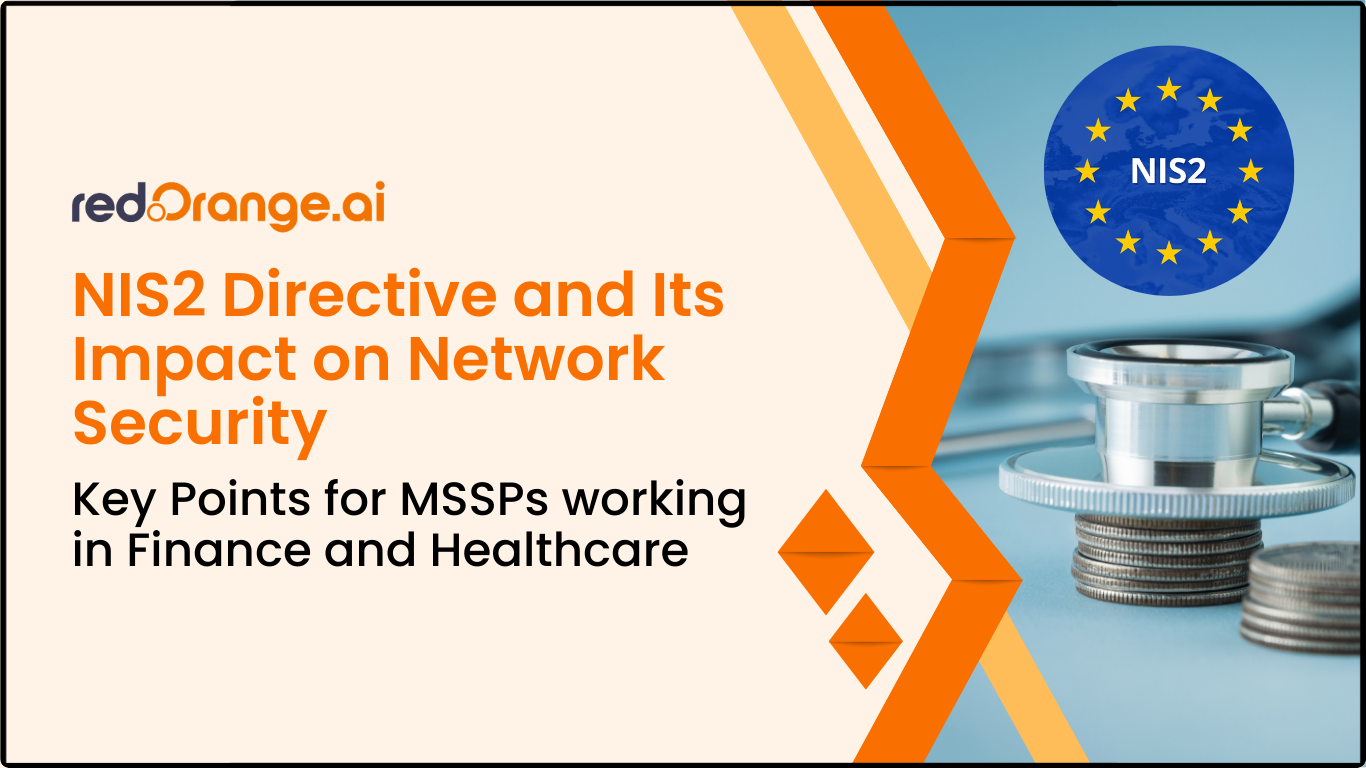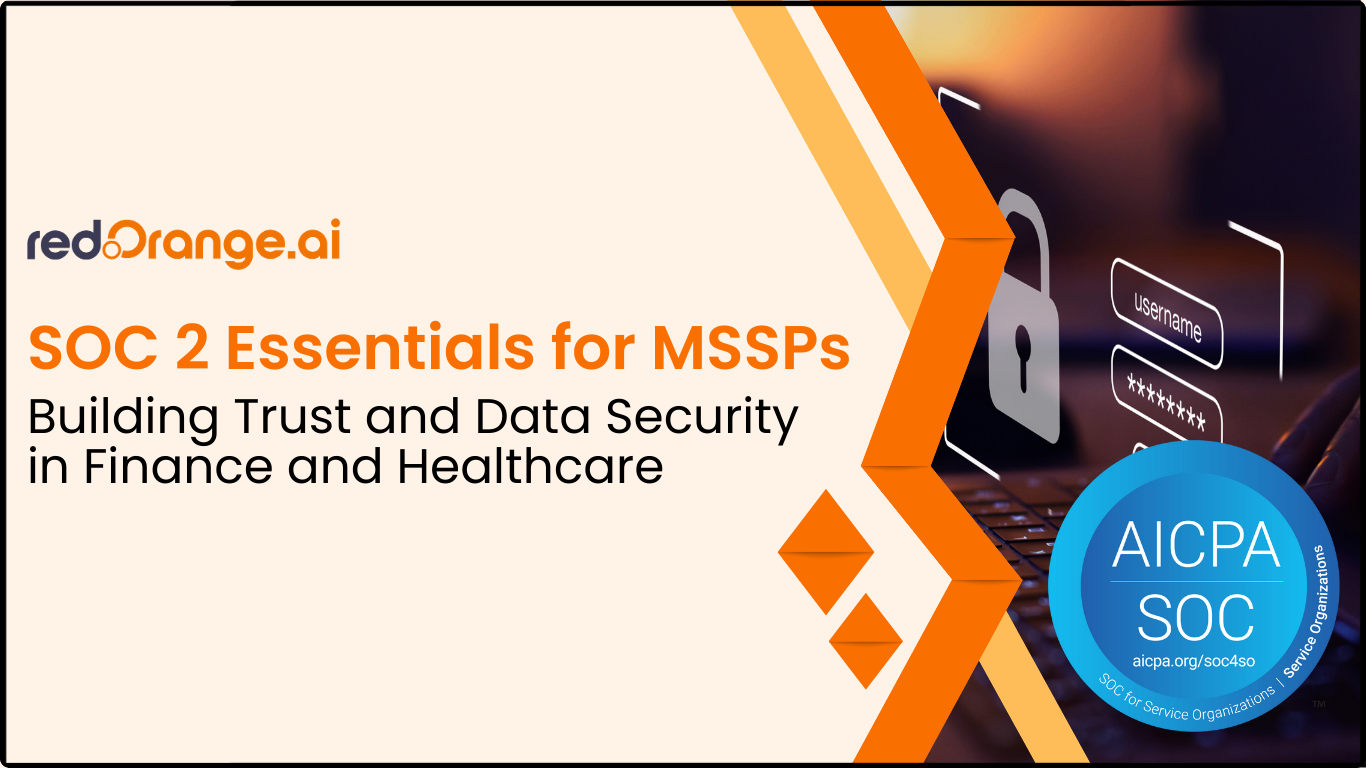NIS2 Directive and Its Impact on Network Security for MSSPs
Designed to address the increasing frequency and sophistication of cyber threats, it builds on the original Network and Information Security (NIS) Directive by broadening its scope, strengthening security requirements, and fostering accountability at all organisational levels.
For critical sectors like healthcare and financial services, NIS2 represents a major step forward in protecting sensitive data and operational resilience.

Overview of NIS2
NIS2 expands its predecessor in key ways to address modern cybersecurity challenges:
- Broader Scope: NIS2 now includes more sectors and entities, extending beyond large enterprises to cover medium-sized organisations that manage critical infrastructure or sensitive data. This means hospitals, payment providers, and even some tech vendors are now under its purview.
- Enhanced Security Requirements:
Organisations must implement robust risk management practices, incident response plans, and mandatory reporting mechanisms for cybersecurity incidents within 24 hours of detection. - Senior Management Accountability:
With NIS2, cybersecurity is no longer solely the responsibility of IT departments. Executives and boards of directors face penalties for non-compliance, aligning cybersecurity with overall business strategy. - Collaboration Across Borders: Member states are required to share threat intelligence and best practices to strengthen collective resilience against cyber threats.
Healthcare Sector: NIS2’s Role in Strengthening Security
Why Healthcare is a Target
The healthcare sector experienced a 121% rise in ransomware attacks in 2023 (Sophos), driven by the high value of patient data and the operational chaos caused by system outages. NIS2 addresses these vulnerabilities head-on:
- Mandatory Risk Assessments: Healthcare providers must conduct regular risk assessments to identify and address vulnerabilities in medical devices, patient record systems, and IT infrastructure.
- Incident Reporting: Organisations must report significant incidents to national authorities within 24 hours, enabling faster response and threat mitigation.
- Increased Investment in Security: NIS2 mandates budgeting for cybersecurity tools and training, reducing the sector’s dependency on outdated systems that are vulnerable to breaches.
ENISA’s Threat Landscape Report reveals that the health sector was responsible for 53% of reported incidents across Europe, with hospitals shouldering 42% of these cases between January 2021 and March 2023.
Financial Services: Building Resilience Against Cyber Threats
Why Finance is at Risk
Financial institutions remain prime targets due to the volume of monetary transactions and sensitive data they handle. The consequences of cyberattacks are staggering, exemplified by the Transit Finance breach, where a hacker stole $29 million. Furthermore, 71% of organisations have experienced payment fraud attacks or attempts.
NIS2's Impact
- Stringent Compliance Protocols: NIS2 aligns with globally recognized standards like ISO 27001 and NIST, requiring financial institutions to adopt end-to-end encryption, continuous monitoring, and multi-factor authentication.
- Governance Integration: Cybersecurity must now be embedded in corporate governance frameworks, ensuring executives and boards actively oversee risk management strategies.
- Severe Penalties for Non-Compliance: Financial institutions face penalties of up to €10 million or 2% of global annual turnover, whichever is higher, for failing to comply with NIS2 requirements.
Case in Point
In 2024, a phishing attack targeting a European bank resulted in €5 million in fraudulent transactions. With better incident response and governance practices as required under NIS2, such losses could have been mitigated or prevented.
Challenges of Implementing NIS2
While NIS2 is a robust framework, its implementation poses several challenges for organisations:
- Budget Constraints: Small and medium-sized organisations often struggle to allocate sufficient funds for advanced cybersecurity measures, particularly in healthcare, where IT budgets are already stretched thin.
- Cultural Resistance: Many executives view cybersecurity as a cost centre rather than a strategic priority, leading to delays in compliance efforts.
- Implementation Complexity: Integrating NIS2’s requirements into existing systems can be daunting, especially for organisations with legacy infrastructure or limited expertise.
How to Overcome These Challenges
- Adopt a Phased Approach:
Begin with critical systems and gradually expand compliance measures across the organisation. - Leverage MSSPs:
Managed Security Service Providers can help organisations achieve compliance cost-effectively by providing expertise and resources. - Foster a Security-First Culture:
Conduct regular awareness programs to align all levels of staff and management with cybersecurity goals.
Conclusion
However, successful implementation requires overcoming challenges such as budget constraints and cultural resistance. By embracing the directive as an opportunity rather than a regulatory hurdle, organisations can strengthen their security posture and safeguard their critical assets.




